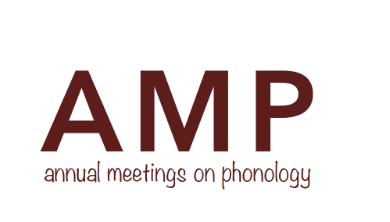Learning Tonotactic Patterns over Autosegmental Representations
Abstract
Tonotactic patterns can be naturally expressed through autosegmental representations (ARs; Goldsmith, 1976). Following Jardine (2017), this paper is the first to demonstrate how tonotactic patterns can be learned over ARs by applying the Bottom-Up Factor Inference Algorithm (BUFIA; Chandlee et al., 2019), which identifies the most general constraints that account for a given set of positive data. A case study was conducted using BUFIA on Hausa orthographic forms, which were then converted into ARs. The experiment analyzed 664 non-borrowed monomorphemic forms, revealing 26 distinct ARs and identifying seven tonotactic constraints (where syllable tier length ≤ 3 and tone tier length ≤ 3) that define the tonal grammar. The computationally discovered constraints either align with previously established linguistic generalizations or offer more precise predictions that better account for the entire dataset. This study demonstrates the feasibility and efficiency of ARs as a useful representation for inferring phonological constraints.
How to Cite:
Li, H., (2025) “Learning Tonotactic Patterns over Autosegmental Representations”, Proceedings of the Annual Meetings on Phonology 1(1). doi: https://doi.org/10.7275/amphonology.3034
Downloads:
Download PDF
366 Views
258 Downloads
